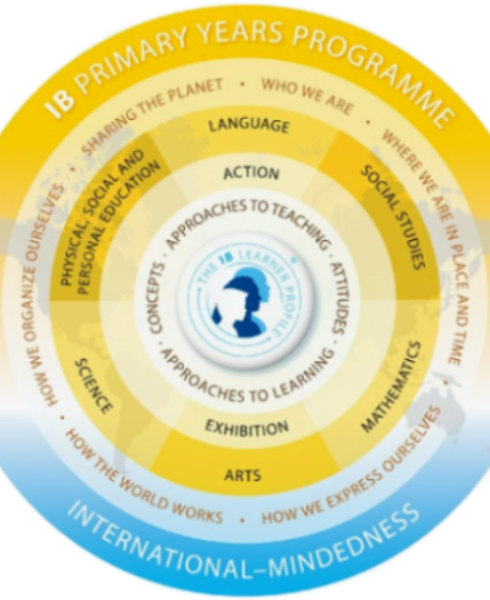
Alexander Charles Morton-Wright
.png)

Designing the Ideal Early Childhood Education Program
Staffing
Staff to student ratio would be based on best practice research and recommendations:
0 - 2 years - one adult to three children
2 - 3 years - one adult to four children
4 - 8 years - one adult to six children
This level will be the minimum staff to child ratio and depending on the needs and abilities of the children, and the nature of the activity, there may be a need to have more adults than the minimum.
Each class will be co-led by a Native English speaking homeroom teacher and a Chinese English speaking homeroom teacher with an early childhood certification. Teachers will go through strict vetting procedures and reference checks to ensure the safety of the children and high education standards. Rules and regulations for teachers will be clearly expressed in a company handbook.
The classroom will have an additional main teacher, teaching assistant (TA) and caregiver. The main teacher and TA will need to be able to communicate in English at all times around the children. The school will be an English emersion program. The caregiver will need to know some basic English phrases. The maximum class size with all these teachers will be 24. Classes with less than 18 students will lose their TA to classes that are in more need of support.
The school will arrange professional training once every quarter where the teachers will go on paid training and receive certificates of learning. On the months without a professional training day the school will arrange internal training days to swap best practice ideas and collaborate to improve teacher's practice learning from one another.

IBPYP Approach
The IB learner profile describes a broad range of human capacities and responsibilities that go beyond academic success and imply a commitment to help all members of the school community learn to respect themselves, others and the world around them.
The IBPYP transdisciplinary themes include; who we are, where we are in place and time, how we express ourselves, how the world works, how we organize ourselves, and sharing the planet.
Inquiry-based and student-centered education with responsible action at its core, enabling students to learn between, across and beyond traditional subject boundaries. The framework serves as the curriculum organizer and offers an in-depth guide to achieve authentic conceptual inquiry-based learning that is engaging, significant, challenging and relevant.
High Scope Approach
Plan-Do-Review: Children make choices about what they will do, carry out their ideas, and reflect on their activities with adults and peers. By participating in the plan‐do‐review process, children gain confidence as thinkers, problem‐solvers, and decision-makers. Learning how to act with intention and reflect on the consequences of their actions. Abilities that will serve them well in school and throughout their lives.
Active Participatory Learning: needs five ingredients to be successful. Materials, manipulation, choice, child language and thought, and adult scaffolding.
Conflict Resolution: HighScope uses conflict as a teachable SEL moment and has a six-step process to scaffold children’s understanding of conflict resolution.


Reggio Emelia Approach
Reggio classrooms aim to integrate with the surrounding environment including the rest of the school and its community. Believing children can best create meaning and make sense of their world through environments that support sustained, complex, changing, and varied relationships between people and a world of experiences, ideas and the many ways of expressing these ideas.
Physical Environment: Reggio preschools integrate nature into the classroom with a strong focus on natural light and plants. Classrooms open out into a centre piazza (public square) with open community play areas and access to courtyards with views of the surrounding community. Large windows in classrooms and on walls are used to increase natural light and exterior doors in each classroom to seamlessly switch to outdoor play.